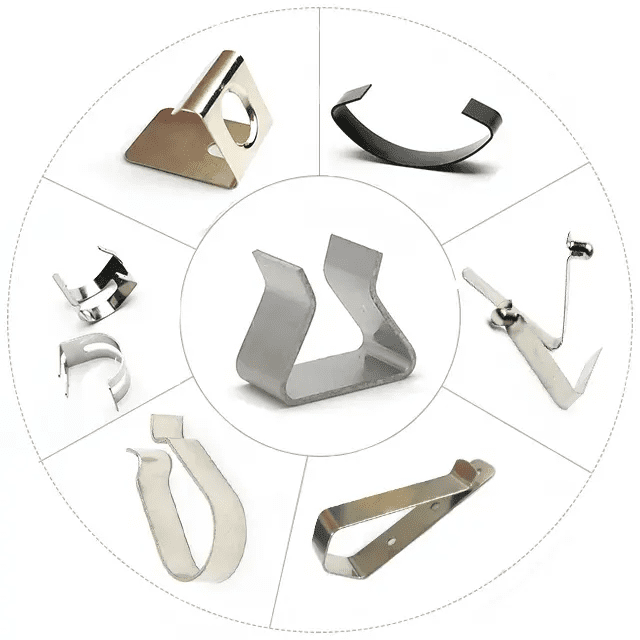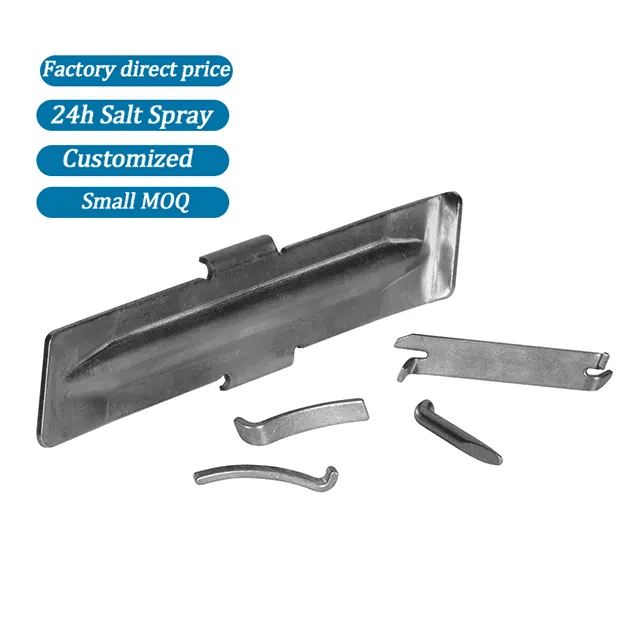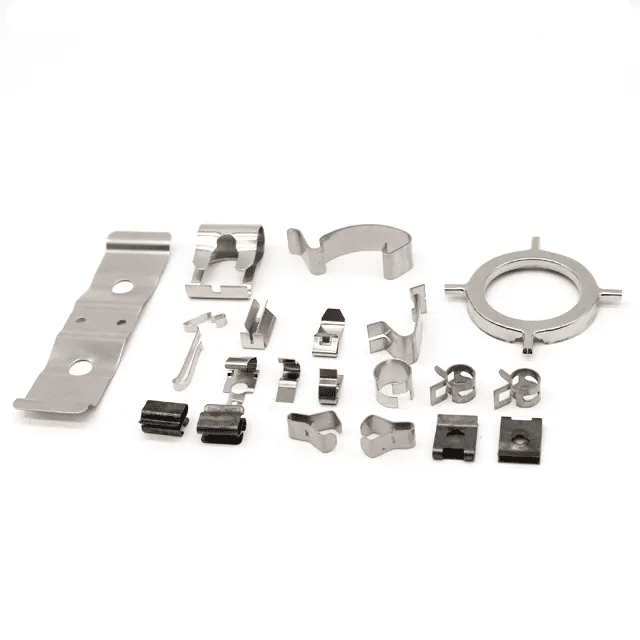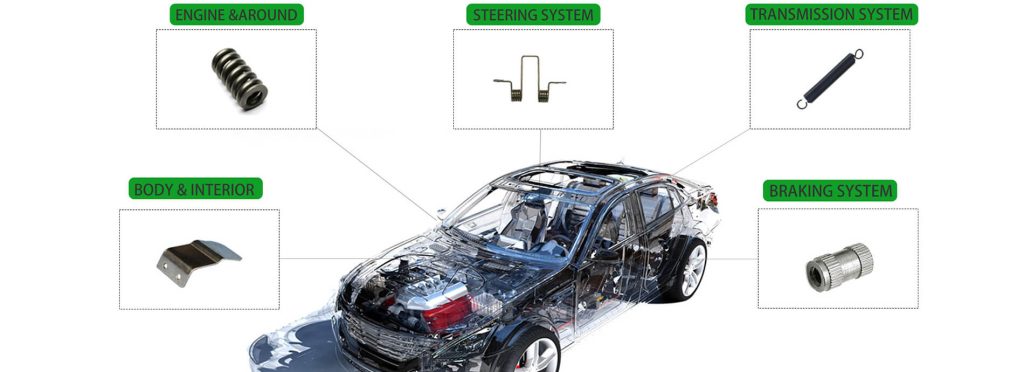
Stamping parts refer to components processed through metal stamping technology. These components can come in various shapes and sizes, typically made of different types of metal materials. The manufacturing process involves placing the metal sheet on a punch, applying high pressure through a mold to cut, bend, or shape the metal, and ultimately obtaining the desired component shape.they often overlooked yet pivotal in modern manufacturing, underscore the evolution of industrial processes. These components have revolutionized production methodologies, enhancing efficiency and precision across diverse sectors.



1、Origins and Growth
Stamping parts trace their roots to early metalworking techniques. Initially, artisans employed rudimentary tools to stamp metals into rudimentary shapes. However, the Industrial Revolution heralded a monumental shift, introducing mechanization and standardized production. Consequently, this industry burgeoned, meeting escalating demands for intricate components across burgeoning industries.
2、Technological Advancements
Advancements in technology ushered in a new era for stampings, transcending mere shaping processes. Computer Numerical Control (CNC) machines emerged, enabling precise, automated production. CAD/CAM software revolutionized stamping parts design, fostering intricate designs and geometries previously unattainable. These innovations underscore the transformation of stamping from a basic process to a realm of unparalleled intricacy and precision.
3、Applications Across Industries
The versatility of stamping parts resonates in their widespread applications. From automotive giants relying on stamped components for structural integrity to the electronics industry’s demand for miniature, intricate parts, stamping remains integral. Moreover, aerospace and healthcare sectors benefit immensely from stamped parts, emphasizing their indispensability in critical applications.
4、Application Area
Stamping parts are widely used in many industries. In the automotive manufacturing industry, they constitute the key components of automobiles, such as the body, engine components, and interior. In addition, Stamping Parts also plays an important role in the fields of electronic device manufacturing, home appliance manufacturing, and aerospace, used for manufacturing electronic casings, circuit boards, and aircraft components.
The importance of Stamping Parts in industrial production is self-evident. They can improve production efficiency because stamping processes can produce components of the same shape on a large scale in a short period of time. In addition, the accuracy and consistency of Stamping Parts also help ensure product quality and reduce production costs. Overall, Stamping parts are an indispensable component of the manufacturing industry. Their manufacturing process is complex and precise, widely used, and has a profound impact on product quality and production efficiency.
For any enterprise, understanding and fully utilizing the potential of Stamping Parts will be an important way to improve competitiveness and achieve production advantages.When discussing Stamping Parts, we must understand their importance in industrial production and their impact on production efficiency and product quality. Stamping parts are key components in the manufacturing industry and are crucial for production in various industries. In this article, we will delve into the definition, manufacturing process, application areas, and importance of Stamping Parts in industrial manufacturing.

5、Efficiency and Sustainability
The evolution of stamping isn’t merely about precision and complexity; it’s also about sustainable manufacturing practices. Progressive techniques prioritize material optimization, minimizing waste and fostering eco-friendly production. Additionally, innovations in die materials and coatings enhance durability, prolonging the lifespan of stamping tools while reducing environmental impact.
6、Future Trajectory
The trajectory of stamping parts hints at a promising future. Advancements in materials science, additive manufacturing, and automation foreshadow continued growth. Furthermore, the integration of AI and machine learning augurs predictive maintenance, optimizing stamping operations and ensuring seamless production.
In conclusion, the journey of stamping parts is a testament to industrial evolution. From humble beginnings to the epitome of precision engineering, these components continue to redefine manufacturing landscapes. As innovation propels us forward, stamping remains a cornerstone, embodying efficiency, precision, and sustainability in modern production.

